
“The secret is how to die!”: CPK1 controls cell death via phosphorylation of ORE1 (Plant Cell)
Cell death, like all other cellular processes, is controlled by a highly complex signaling network. A search for the targets of Arabidopsis calcium dependent protein kinase1 (CPK1) by Durian and co-workers has revealed that it phosphorylates ORESARA1 (ORE1), a master regulator of leaf senescence responses,…
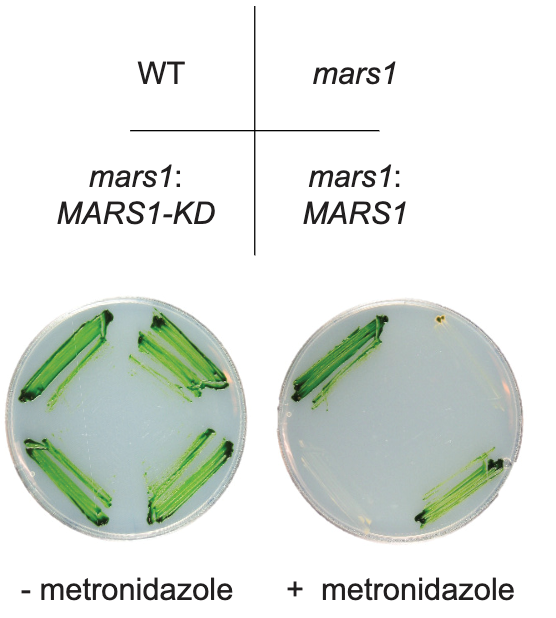
Mars1 kinase signaling in the chloroplast unfolded protein response (eLIFE)
In stressful situations, such as high light and nutrient scarcity, the chloroplast may experience increased proteotoxicity due to a surge in damaging reactive oxygen species. In response, a signal is sent to the nucleus to increase production of many proteins, including proteases and chaperones to help…
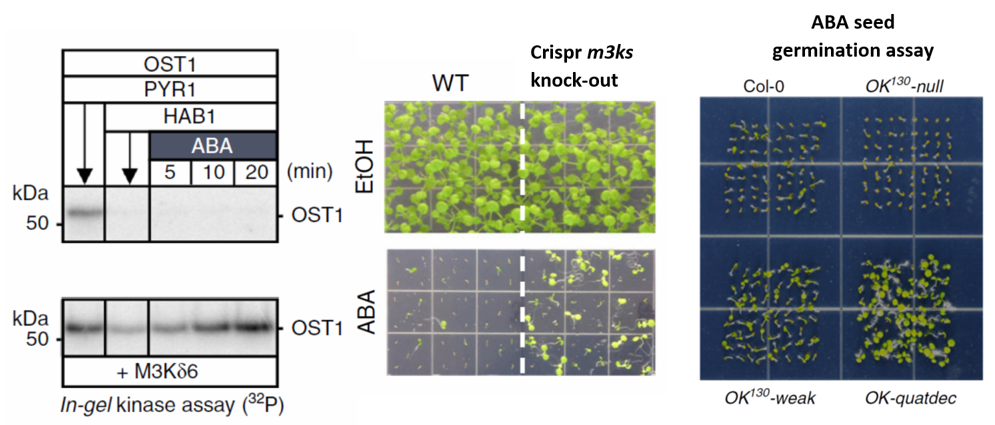
The M3Ks, a missing component discovered in the early ABA core signaling module (Nature Comms)
About a decade ago, the ABA receptors [PYR-ABACTIN RESISTANCE (PYR/PYL)/REGULATORY COMPONENT OF ABA RECEPTOR (RCAR)] were discovered, establishing the PYL-PP2C-SnRK2s core signalling module, in which ABA-binding to PYR/PYL receptors inhibits PP2C phosphatases, leading to activation of SnRK2 kinases,…
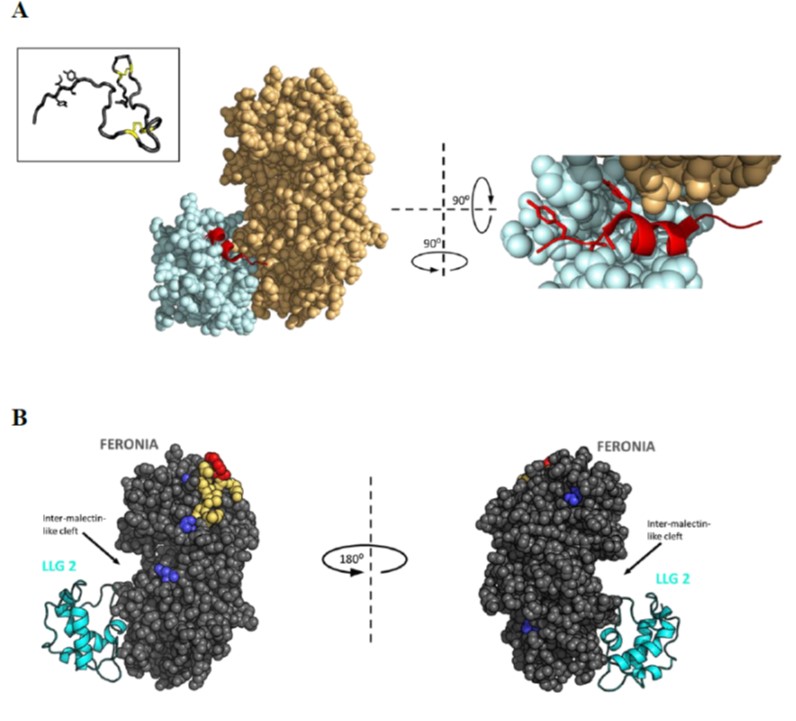
Update: Twenty years of progress in physiological and biochemical investigation of RALF peptides (Plant Physiol)
RALFs (Rapid Alkalinzation Factors) were one of the first types of signaling peptides identified in plants, and as their name suggests they were shown to induce an increase in the pH (i.e., alkalinization) of culture medium, through inducing phosphorylation of a plasma-membrane proton pump. There are…
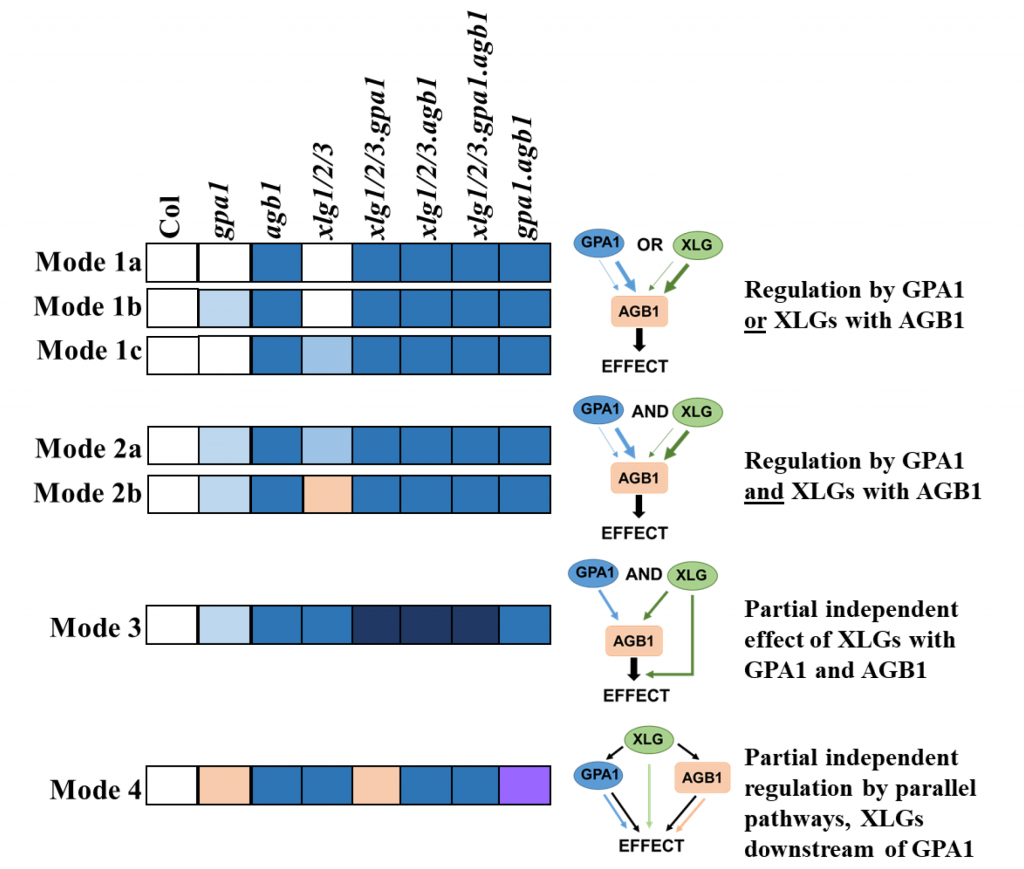
Phenome analysis in multiple combinations of G-protein alpha and beta in Arabidopsis (Plant J)
Heterotrimeric G-proteins are implicated in a large number of signalling pathways. As their name indicates, they are composed of three different subunits, Gα, Gβ, and Gγ. The Arabidopsis genome has genes encoding four Gα, one Gβ and two Gγ protein subunits, as compared to the multiple members that…
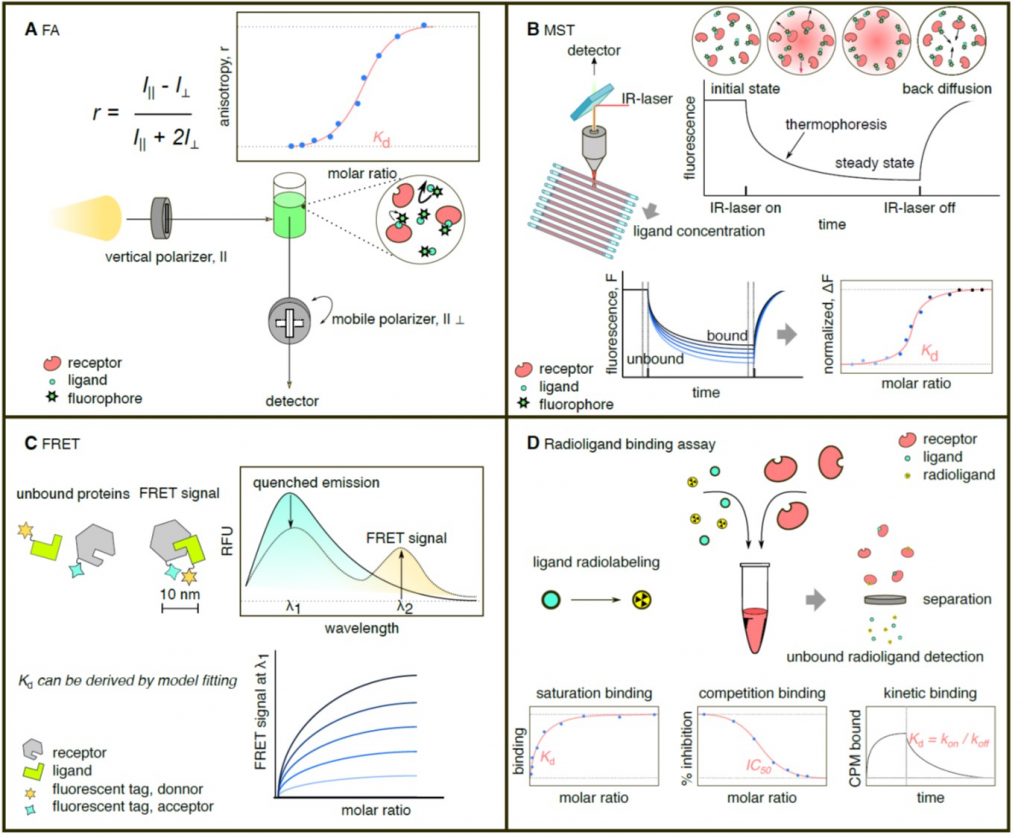
Review: In vitro analytical approaches to study plant ligand-receptor interactions (Plant Physiol)
It seems every other paper shows a nice diagram of a signaling cascade that includes a receptor interacting with its ligand. However, sometimes these diagrams are little more than speculation or guesswork. It’s not always easy to figure out if this interaction is real. Here, Sandoval and Santiago review…

The maize heterotrimeric G protein β subunit controls shoot meristem development and immune responses ($) (PNAS)
Heterotrimeric G proteins transduce signals between receptors and downstream factors. Previous genetic studies have shown diverse roles for these proteins based on loss-of-function phenotypes; for example mutations in Arabidopsis Gα and Gβ subunits both lead to enlarged shoot apical meristems. Wu et…
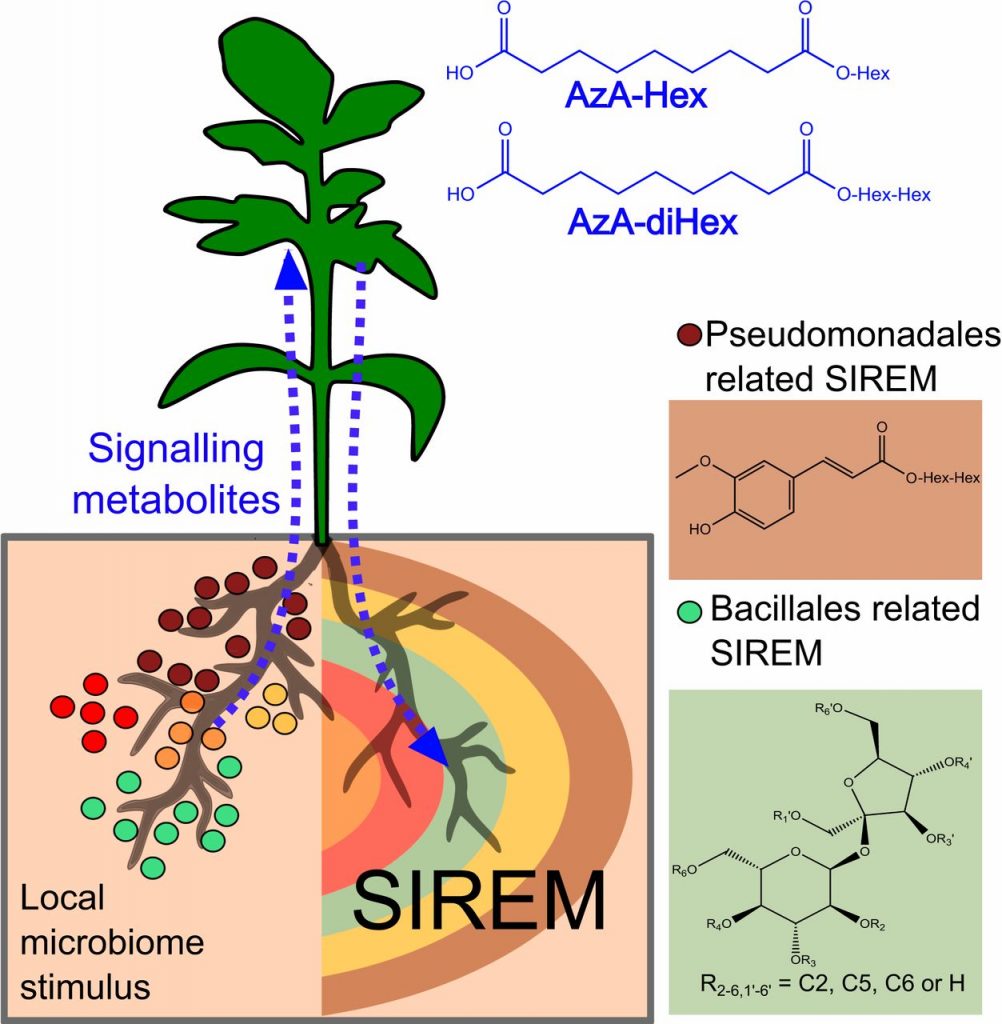
Rhizosphere microbiome mediates systemic root metabolite exudation ($) (PNAS)
Roots exude metabolites that affect the composition and activities of their microbiome. Korenblum et al. show that the microbiome in turn affects metabolite exudation, not only locally but also systemically (shown using a split-root system). They call this response SIREM: systemically induced root exudation…
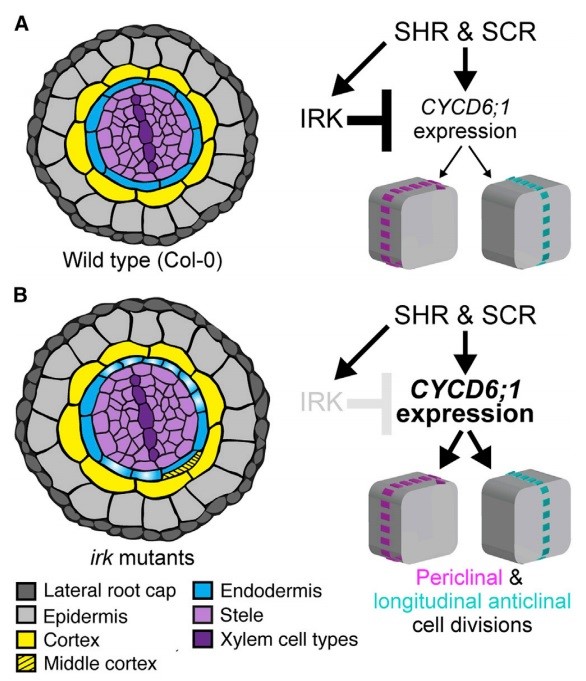
The Arabidopsis receptor kinase IRK is polarized and represses specific cell division (Devel. Cell) ($)
Orientation of cell division decides daughter cell fate and is fundamentally important for tissue patterning and morphology. For instance, asymmetric cell division leads to the generation of new cell types; in contrast, symmetric division produces cells with similar identity in a proliferative manner.…

